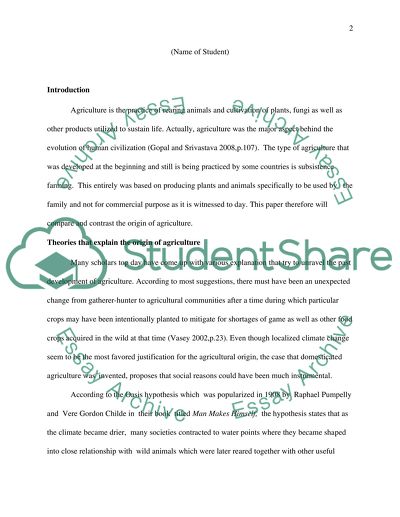Cite this document
(“Origin of Agriculture: Middle East and Mesoamerica Essay”, n.d.)
Retrieved from https://studentshare.org/anthropology/1424101-origins-of-agriculture-mesoamerica-egypt
Retrieved from https://studentshare.org/anthropology/1424101-origins-of-agriculture-mesoamerica-egypt
(Origin of Agriculture: Middle East and Mesoamerica Essay)
https://studentshare.org/anthropology/1424101-origins-of-agriculture-mesoamerica-egypt.
https://studentshare.org/anthropology/1424101-origins-of-agriculture-mesoamerica-egypt.
“Origin of Agriculture: Middle East and Mesoamerica Essay”, n.d. https://studentshare.org/anthropology/1424101-origins-of-agriculture-mesoamerica-egypt.


